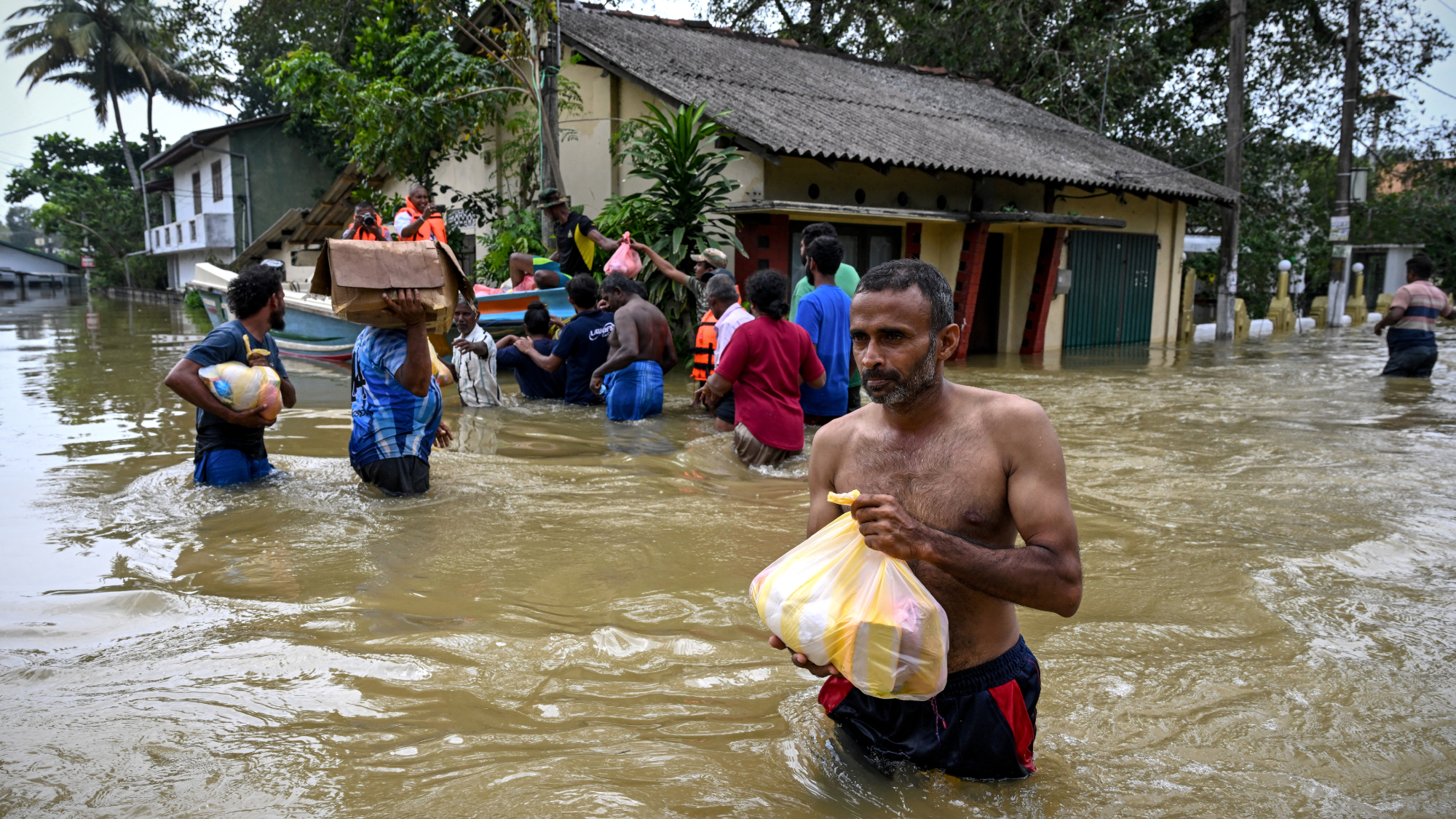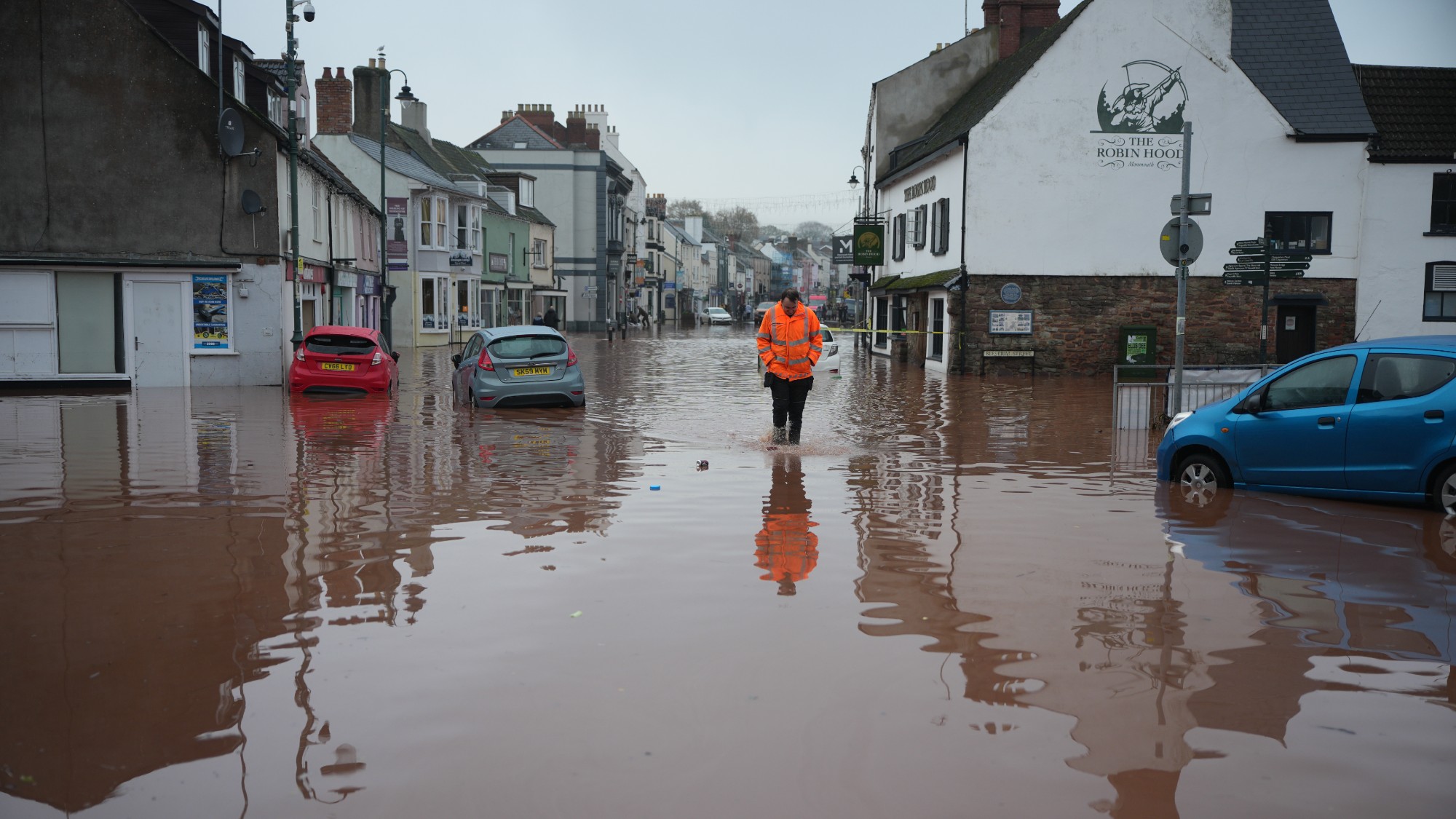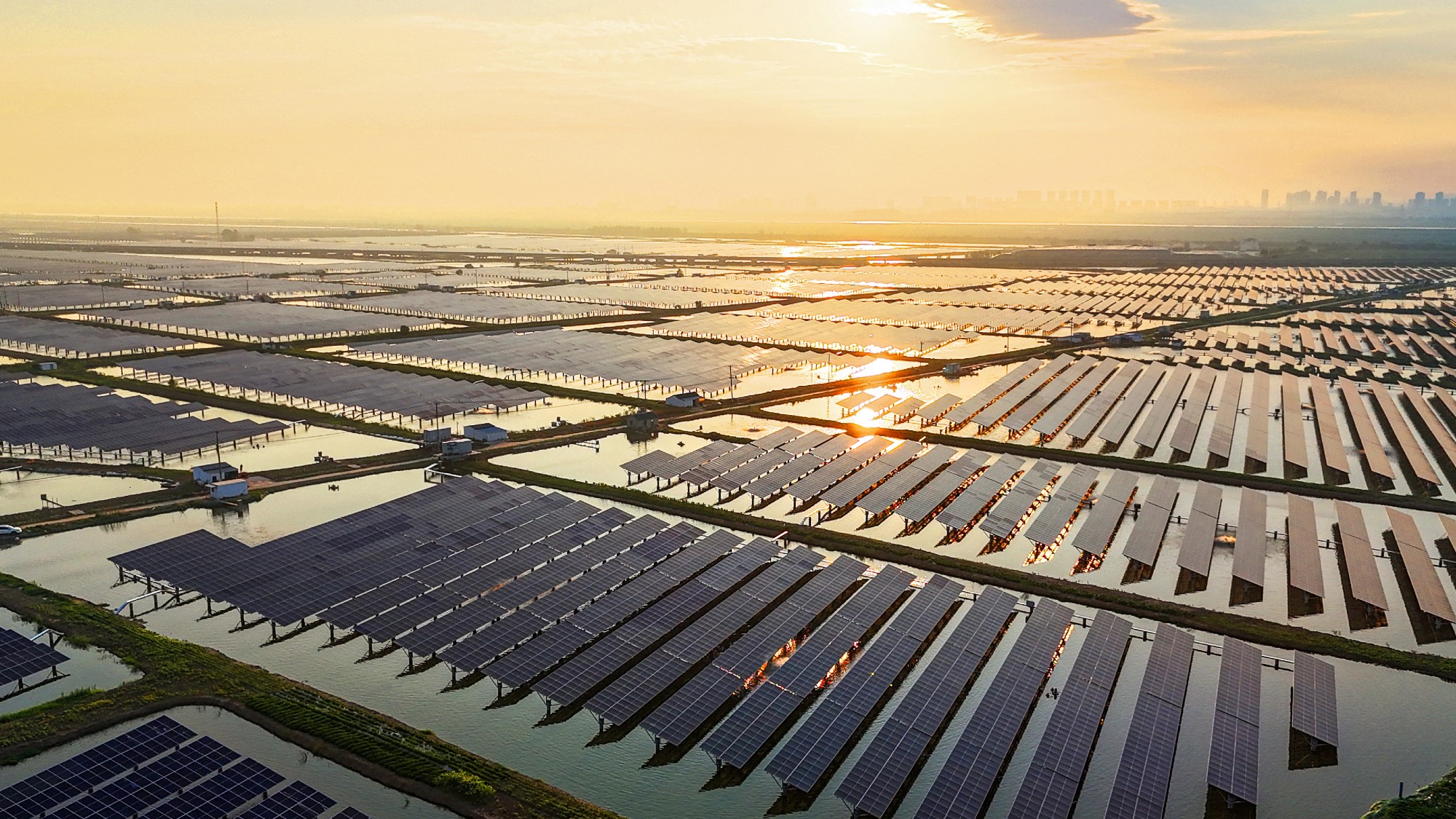Is climate change to blame for Europe’s blistering heatwave?
As temperatures continue to warm, we are seeing changes in the atmosphere that leads to increased occurrences of extreme temperatures

Emma Hill, associate professor in Energy and Environmental Management and Ben Vivian, assistant professor in Sustainability and Environmental Management at Coverntry University analyse the latest high temperatures across the continent within the context of climate change.
Europe is currently in the midst of a heatwave. Italy, in particular, is expected to face blistering heat, with temperatures projected to reach 40℃ to 45℃. There’s even a chance that the current European temperature record of 48.8℃, set in Sicily in 2021, could be surpassed.
Searing temperatures have spread to other countries in southern and eastern Europe, including France, Spain, Poland and Greece. The heat will complicate the travel plans of those heading to popular holiday destinations across the region.
The Week
Escape your echo chamber. Get the facts behind the news, plus analysis from multiple perspectives.

Sign up for The Week's Free Newsletters
From our morning news briefing to a weekly Good News Newsletter, get the best of The Week delivered directly to your inbox.
From our morning news briefing to a weekly Good News Newsletter, get the best of The Week delivered directly to your inbox.
Heatwaves, which are defined as prolonged periods of exceptionally hot weather in a specific location, can be extremely dangerous. Europe has experienced its fair share of devastating heatwaves in the past.
In 2003, a heatwave swept across Europe, claiming the lives of over 70,000 people. Then, in 2022, another heatwave hit Europe, resulting in the deaths of almost 62,000 people.
The current heatwave is being caused by an anticyclone named Cerberus after the three-headed monster-dog that guards the gates of the underworld in Greek mythology. An anticyclone – or high-pressure system – is a normal meteorological phenomenon in which sinking air from the upper atmosphere brings about a period of dry and settled weather with limited cloud formation and little wind.
High-pressure systems tend to be slow moving, which is why they persist for days, or even weeks at a time. They often become semi-permanent features over large areas of land. When high pressure systems form over hot land, in regions like the Sahara, the stability of the system generates even hotter temperatures because the already warm air is heated even more.
A free daily email with the biggest news stories of the day – and the best features from TheWeek.com
Eventually, the anticyclone will weaken or break down and the heatwave will come to an end. According to the Italian Meteorological Society, the Cerberus heatwave is expected to persist for around two weeks.
What role does climate change play?
High pressure systems, like the one currently affecting Europe, have been expanding northwards in recent years. It’s difficult to ascribe a single event, such as a heatwave, directly to climate change. But as temperatures continue to warm, we are seeing changes in atmospheric circulation patterns that can lead to increased occurrences of extreme temperatures and drought in Europe.
Research by the Intergovernmental Panel on Climate Change confirms this trend. Its data shows an increase in the frequency and magnitude of extreme weather events since the 1950s. A separate analysis of European heatwaves revealed an increasing severity of such events over the past two decades.
In the summer of 2022, southern Europe experienced higher temperatures than usual for that time of the year. Spain, France and Italy saw daily maximum temperatures exceed 40°C. The EU’s Copernicus Climate Change Service attributed these unusually hot conditions to climate change and suggested that such events are likely to become more frequent, intense and last longer in the future – indicating a concerning trend that may continue this year.
The dangers of extreme heat
Heatwaves and extreme temperatures impact human health in a number of ways. These conditions can cause heatstroke, leading to symptoms like headaches and dizziness. Dehydration resulting from the heat can also affect respiratory and cardiovascular performance.
There have already been reports of heat-related health incidents in Europe during the ongoing heatwave. An Italian road worker died, and there have been numerous cases of heatstroke reported across Spain and Italy.
The Italian Ministry of Health has advised residents and visitors in affected areas to take precautions like staying out of the sun during the hottest part of the day, remaining hydrated and to avoid alcohol consumption.
But the effects of heatwaves go beyond individual health. They have broader social and economic consequences too. Extreme heat can damage road surfaces and even cause railway tracks to buckle.
Heatwaves can also lead to reduced water availability, affecting electricity production, crop irrigation and drinking water supply. In 2022, scorching heat meant French nuclear plants were unable to run at full capacity as higher river temperatures and low water levels affected their cooling ability. Research indicates that extreme heat has already had a negative impact on economic growth in Europe, lowering it by up to 0.5% over the past decade.
As temperatures continue to rise, heatwaves will become more severe. It’s crucial that governments worldwide take swift and decisive action to reduce greenhouse gas emissions immediately.
However, it’s important to note that even if we were to completely halt global greenhouse gas emissions today, the climate would still continue to warm. This is due to the heat that is already absorbed and retained by the oceans. While we can slow down the rate of global warming, the effects of climate change will continue to be experienced in the future.
Emma Hill, associate professor in Energy and Environmental Management, Coventry University and Ben Vivian, assistant professor in Sustainability and Environmental Management, Coventry University
This article is republished from The Conversation under a Creative Commons license. Read the original article.
-
 5 criminally underrated cartoons about Pete Hegseth’s war crime
5 criminally underrated cartoons about Pete Hegseth’s war crimeCartoon Artists take on USS Hegseth, rats leaving the sinking ship, and more
-
 Can Mike Johnson keep his job?
Can Mike Johnson keep his job?Today's Big Question GOP women come after the House leader
-
 A postapocalyptic trip to Sin City, a peek inside Taylor Swift’s “Eras” tour, and an explicit hockey romance in December TV
A postapocalyptic trip to Sin City, a peek inside Taylor Swift’s “Eras” tour, and an explicit hockey romance in December TVthe week recommends This month’s new television releases include ‘Fallout,’ ‘Taylor Swift: The End Of An Era’ and ‘Heated Rivalry’
-
 Death toll from Southeast Asia storms tops 1,000
Death toll from Southeast Asia storms tops 1,000speed read Catastrophic floods and landslides have struck Sri Lanka, Indonesia, Thailand and Malaysia
-
 Can for-profit geoengineering put a pause on climate change?
Can for-profit geoengineering put a pause on climate change?In the Spotlight Stardust Solutions wants to dim the sun. Scientists are worried.
-
 How will climate change affect the UK?
How will climate change affect the UK?The Explainer Met Office projections show the UK getting substantially warmer and wetter – with more extreme weather events
-
 Can the UK do more on climate change?
Can the UK do more on climate change?Today's Big Question Labour has shown leadership in the face of fraying international consensus, but must show the public their green mission is ‘a net benefit, not a net cost’
-
 Did Cop30 fulfil its promise to Indigenous Brazilians?
Did Cop30 fulfil its promise to Indigenous Brazilians?Today’s Big Question Brazilian president approves 10 new protected territories, following ‘unprecedented’ Indigenous presence at conference, both as delegates and protesters
-
 Can the world adapt to climate change?
Can the world adapt to climate change?Today's Big Question As the world gets hotter, COP30 leaders consider resilience efforts
-
 Taps could run dry in drought-stricken Tehran
Taps could run dry in drought-stricken TehranUnder the Radar President warns that unless rationing eases water crisis, citizens may have to evacuate the capital
-
 The future of the Paris Agreement
The future of the Paris AgreementThe Explainer UN secretary general warns it is ‘inevitable’ the world will overshoot 1.5C target, but there is still time to change course